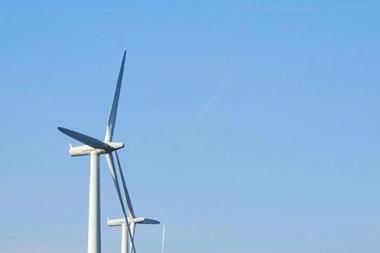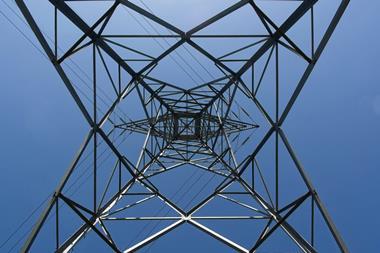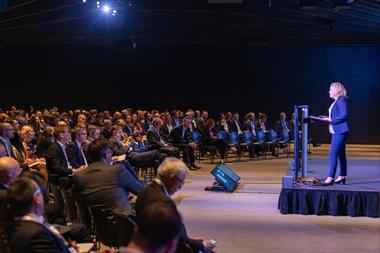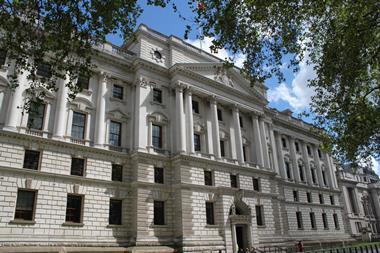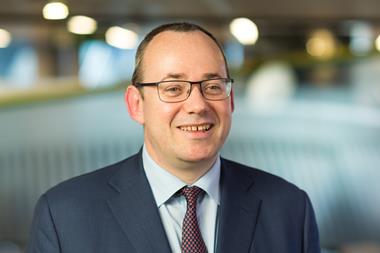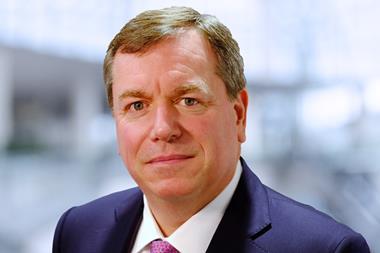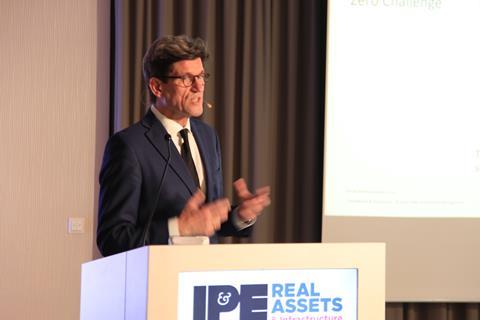
Infrastructure investors are grappling with a plethora of risks in their attempts to achieve net-zero emissions across their portfolios, making investment decisions more challenging than ever – delegates heard at the in Munich last week.
Combined, the power, residential, commercial real estate and transportation sectors account for betwen 60% and 70% of global greenhouse-gas emissions. “A lot rests on our shoulders, and the challenges to the net-zero transition are multifaceted and complex,” said Andreas Köttering, head of private infrastructure for Europe at CBRE Investment Management, during a session on how investors can realistically achieve net zero.
He idenfitied four risks. “Firstly, there’s technology risk, because the technologies [measuring emissions] don’t have a track record. Then there’s the business model risk – the need for viable business models that are sustainable is paramount. Untested revenue models, in particular, often create risks, even where the technology is mature,” he said.
“Policy risk and regulation are other factors we need to consider. And, finaly, there’s scaleability risk.”
He cited battery storage as an example, which “is one of those sectors sectors where the revenue model isn’t there yet to make it attractive”. He added: “The hydrogen sector is one where the technology itself is known, but how to roll it out at scale is uncertain.”
“We’re all very excited about battery storage, EV and electric transport. There’s often the charging infrastructure, but what is the revenue model? What is the the uncertainty around volume risk? What is the track record that shows how people will use it and whether they are prepared to pay for it?”
Köttering welcomed the EU’s recently introduced Sustainable Finance Disclosure Regulation (SFDR), but he warned of risks relating to a paucity of data.
“SFDR and the big push towards net zero and how we can get there relies on data – and heavy data,” he said. “In our view, we don’t have the data sets in the real assets asset class that we wanted to have.
“Data are critical bricks for the net-zero pathway [and] we need better data gathered globally and disseminated more rapidly for the public and private sectors to enable required innovation and meet urgent timelines. We need scenario modelling to enable decision makers to prioritise net zero infrastructure.
“We will continue to look individually at where and what we can invest in, and what we can do. But as a community of investors, I think it is incumbent on us to really push very hard to try and get paid datasets.”
Darwin Marcelo, project director at EDHECInfra, agreed, telling the gathering of investors and managers: “To get to net zero we need quantitative data to be more precise. Then we can undertake proper risk management of physical assets.”
Marcelo is leading an initiative to build a global reference database, including ESG impact and risk exposure data and indicators, for physical infrastructure assets.
A measurement approach that tracks carbon emissions across all infrastructure sectors and individual assets must be developed, he said. “Only then can you see which investment is right for your portfolio.”
Marcelo stressed the importance of making infrastructure emissions data publicly available. “Companies often don’t have the means to accurately measure their own calculations, and, arguably, what they report may be biased, because companies may have the incentive to tell the bright side of story in many cases,” he said.
To read the latest edition of the latest 91��ý���� magazine click here












